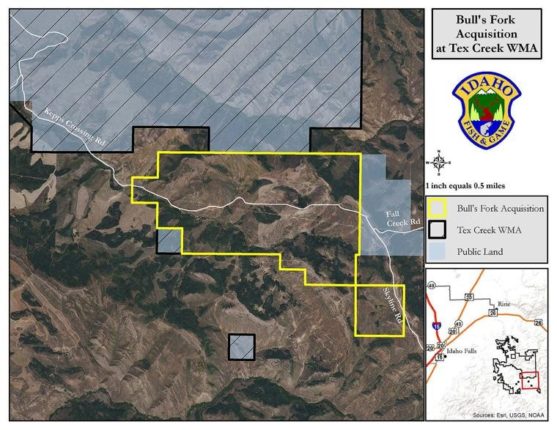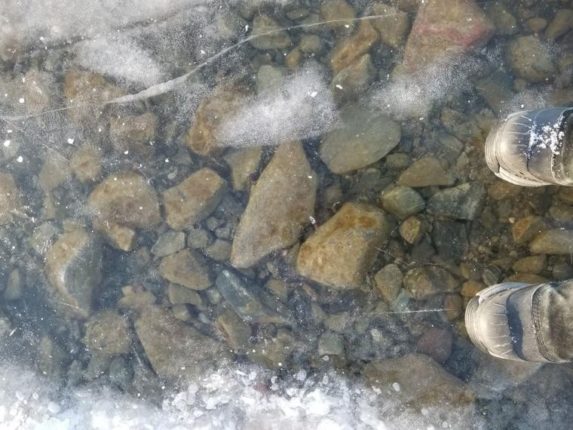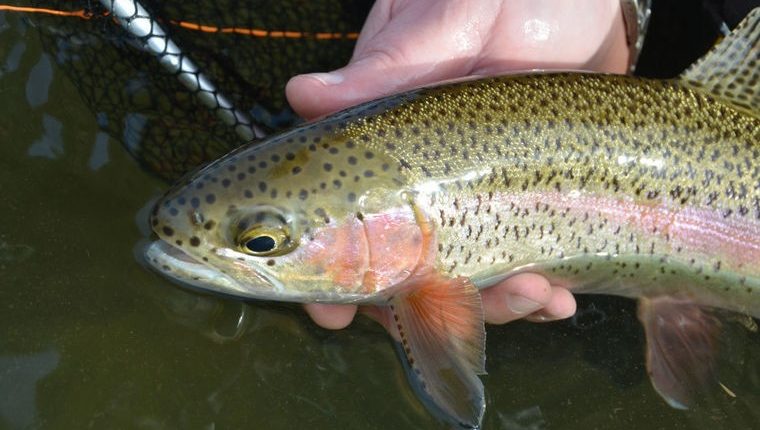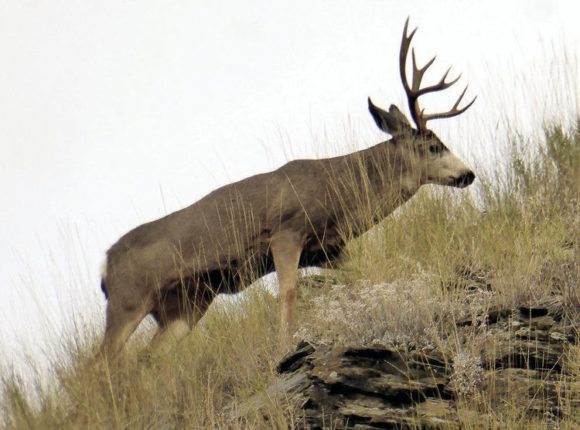Because of persisting winter conditions, the U.S. Forest Service in cooperation with Idaho Fish and Game and Wyoming Game and Fish has extended the winter closure in the Teton Basin Ranger District. The closure will remain in effect until April 30.
The extension of the closure will give big game animals a few extra weeks to recover from the harsh winter and replenish their depleted energy reserves without human disturbance.
“We are working with wildlife managers in Wyoming and Idaho to ensure we are doing what is best for wintering wildlife,” said Jay Pence, district ranger for the Forest Service. “The deep snow doesn’t allow animals to travel into other areas, so if people are wandering around on the hill, the animals could be trapped and stressed beyond their capacity to recover.”
For anyone struggling to understand the winter closure map, Pence advises, “The rule of thumb is to stay off the open south-facing slopes.”
Any extra movement an animal makes costs energy, which may deplete what little it has left. Energy depletion can lead to sickness and oftentimes death, especially for fawns and calves at this critical time of year. Mule deer in particular are susceptible to the rigors of winter and often succumb to starvation even after the snow has gone. Mule deer are highly selective foragers that rely on the cultivation of specific bacteria in their stomachs to digest food. It can take two to four weeks of eating spring green up before their digestive systems are capable of absorbing the nutrients needed for energy production.
As the snow begins to dissipate on south-facing slopes, shed hunters and recreationists begin occupying the open spaces that provide a reprieve for big game animals when they are at their most vulnerable.
“Deer and elk are running on empty this time of year and it is critical for them to conserve energy,” Fish and Game Wildlife Manager Curtis Hendricks said. “Showing a little restraint to prevent the disturbance of these animals now will have a huge benefit to our herds for the upcoming year.”
Big game animals experience their highest mortality rates in the springtime when they have exhausted their energy reserves. Anyone planning on venturing into areas where big game animals may be present this spring are encouraged to keep their distance and not cause them extra stress.
“This winter was hard on animals all over Eastern Idaho, not just in Teton Valley,” Hendricks said. “In addition to respecting the official closures, any effort made by folks to voluntarily minimize disturbance to deer and elk across the region as they are recovering from the harsh winter would be greatly appreciated.”
A map of the Teton Basin Ranger District winter closure is available by clicking here. For more information about the closure, contact the Teton Basin Forest Service Office at 208-354-2312




